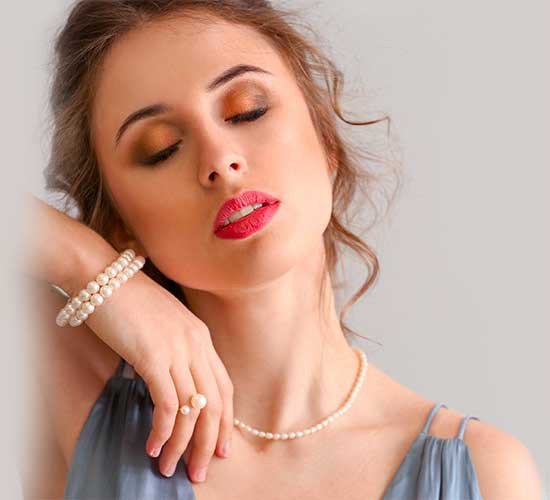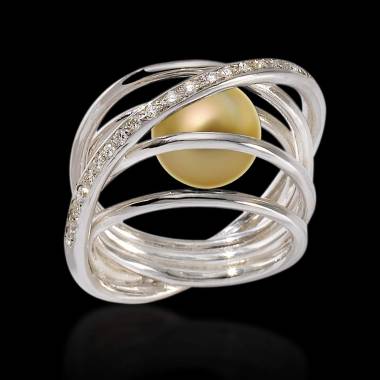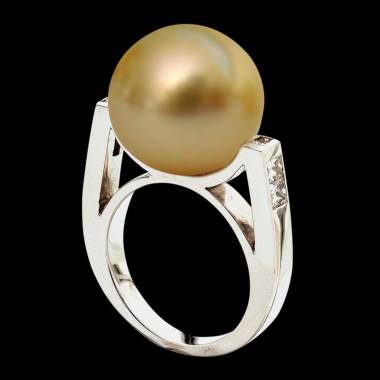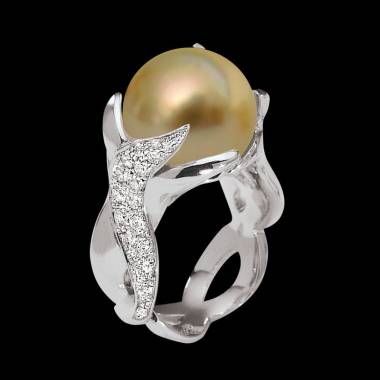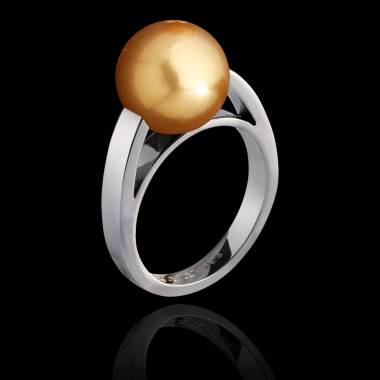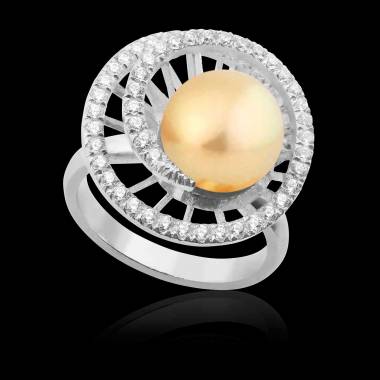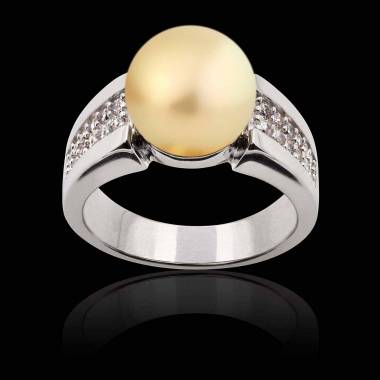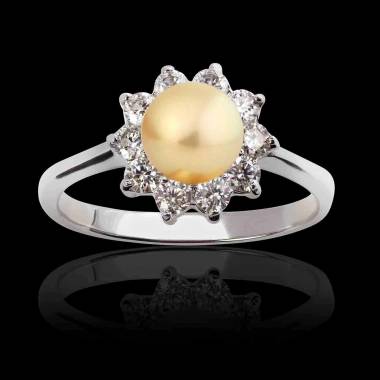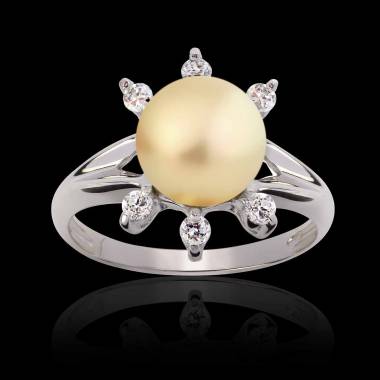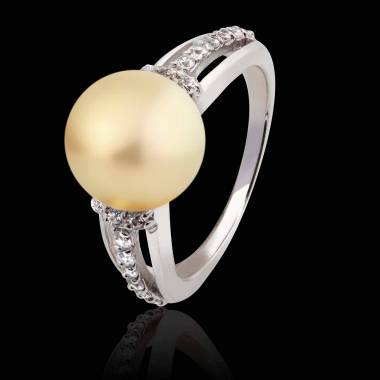Choosing and Caring for Golden Pearl Engagement Rings
When you opt for a gold pearl engagement ring to symbolize your promise of love, it is important to choose the pearl well. Most of the pearls Jaubalet provides come from the South Sea. They are characterized by their thick nacre, or also known as mother-of-pearl, a satin silky surface, and beautiful luster. They are high-quality pearls. On the page devoted to exceptional pearls, you will find 6 criteria that determine the price of your golden pearl. Caring for a gold pearl engagement ring does not correspond to the same logic as for pearl necklaces for example. Although contact with water is recommended for pearl necklaces, it is not the case for a pearl ring. Natural pearls are much more fragile than precious gemstones. In addition, pearl engagement rings are original in style and also atypical in their setting. Indeed, pearls are not mounted on a band in the same way precious gemstones are. Pearls are set on a stem, most often in gold, and then glued with cyanoacrylate also called super glue. This glue is very strong but it does not like contact with water. Concerning other care instructions for your pearls, go to our page “care for women’s golden pearl earrings”.
Jaubalet’s golden pearl engagement rings
With Maison Jaubalet, you can have your golden pearl mounted as a solitaire on the band of your choice. Your pearl, set like a queen on her throne, will thus be showcased. Check out Jaubalet’s wide range of rings from our various collections that you can customize in order to obtain a splendid gold pearl engagement ring. We invite you to discover them and order them directly online at our virtual shop. You can also contact us via live chat if you would rather have a custom-designed gold pearl engagement ring.
History of Pearls
Pearls are unique among jewels in that they are formed in the sea rather than the depths of the earth. To optimize their glossy beauty, which has been valued since ancient times and guarantees that pearl jewelry is constantly in vogue, they don't require any additional cutting or polishing. Pearls have been used in jewelry since at least ancient Greece, and until the twentieth century, pearls were one of, if not the most precious jewels in many civilizations. Only the emperor was permitted to wear pearls in the Byzantine empire, and other civilizations had their own laws regarding who could and couldn't wear these little gems. The sixteenth century in England was known as the Pearl Age, owing to the esteem with which pearls were held at the period. People in Asia learned how to make cultivated pearls in the early 1900s, making pearls more available. A pearl forms around a tiny nucleus that is carefully placed into a living oyster, allowing pearls to be manufactured in oyster farms.













